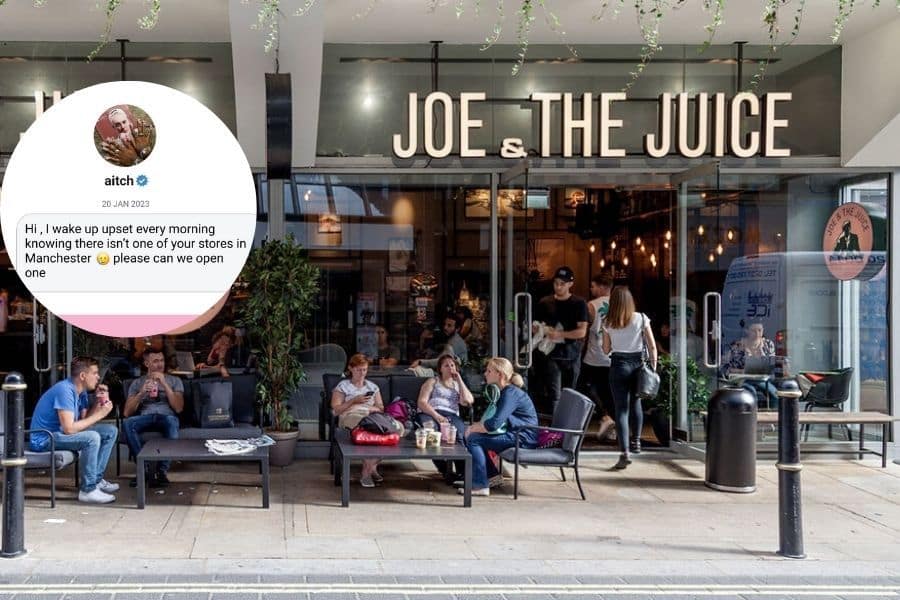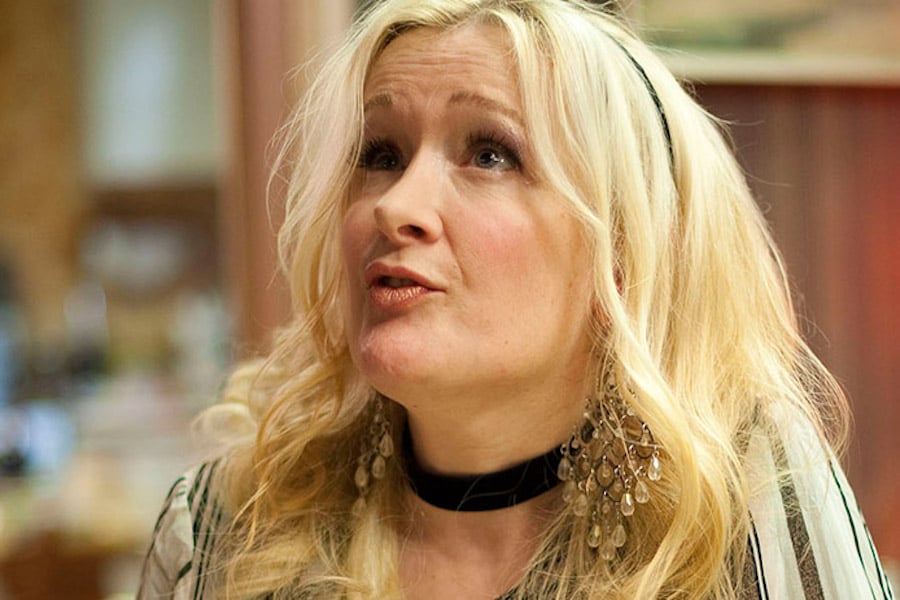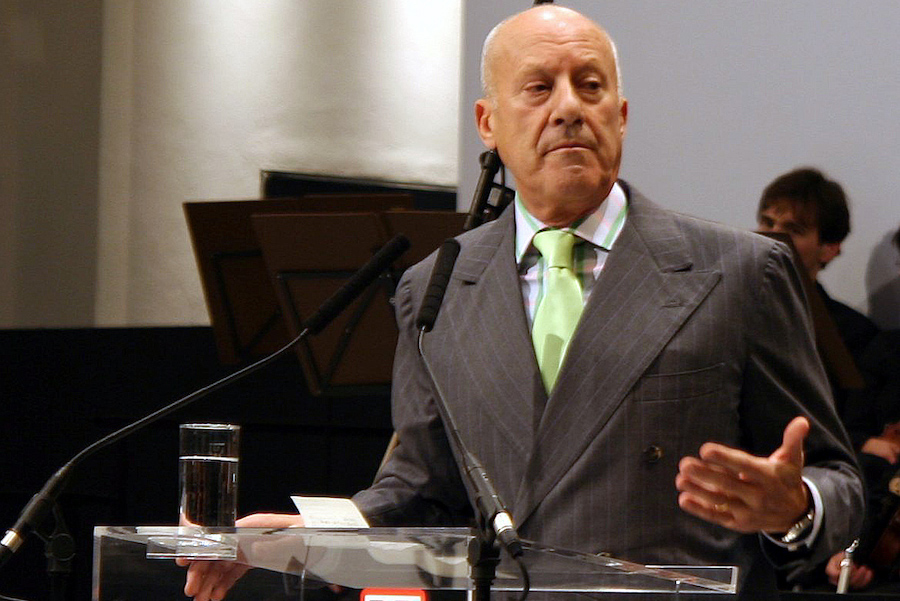The curious case of Canal Street
- Written by Simon Binns
- Last updated 9 years ago
- Culture, Nightlife

As you may have noticed, Manchester is growing. In every possible direction.
Sites on the fringe of the city are beginning to put their plans together. Old Granada Studios (St John’s as it will be known), the Co-op’s 21 acre NOMA estate; the former BBC Oxford Road site; nearby First Street, not forgetting Chapel Street and Middlewood Locks on the Salford border.
‘Has Canal Street has
struggled to keep up?’
The Middle East is rebuilding Ancoats/East Manchester and China is taking care of Airport City.
Before all that, the Northern Quarter has now gone fully bananas, Spinningfields is (finally) an established evening destination (Leftbank is beginning its rebirth) and former Beirut-theme park parody Peter Street is revived, just about.
Deansgate Locks still packs them in too. If you’re the kind of person still young enough to get hammered on a Tuesday night.
New neighbourhoods are being created. Urban villages are piecing themselves together. The old is connecting to the new.
But what does this mean for some of the city’s elder statesman, geographically? How about the city’s ‘gay village’ – as almost nobody refers to it these days?
As the city swells, some feel that Canal Street has struggled to keep up. It’s looking tired. The atmosphere has changed. The vibrancy has dipped.
Put simply, there are more places to go for a night out these days – and Canal Street is near the bottom of a lot of people’s list.
When I first moved to Manchester, in the mid-90s, Canal Street was fun, welcoming and celebrated the diversity of the city in a way that nowhere else could. Especially in the wee small hours. It was different to anything else the city had to offer.
It was a great daytime drinking spot, a decent bet for a good evening meal and a safe and fun after-hours option when everywhere else had kicked out.
Queer as Folk sent Canal Street’s profile into overdrive and it was one of the best parts of the city centre.
Then, somewhere along the line, Canal Street stopped being fun.
As a straight thirty-something, I didn’t feel particularly welcome there. None of the bars spoke to me – pile it high and sell it cheap booze, no particular standout food offering, fluctuating levels of cleanliness – and I started to realise that I hadn’t suggested it to anyone for a night out for years, whereas previously, it had been an absolute staple.
It’s all about identity, of course. Everybody knows what the Northern Quarter is. Or Spinningfields. Whether they like it or not is up to them. But what is the village nowadays?
Events like Pride put the village in focus for a few days every year, but because of its size and ticketing policy, effectively cuts itself off from the rest of the city. A victim of its own success, but finding a greater connection to the rest of the city is something the organisers have been keen to address recently.
So what does Canal Street need? Well, how about a few basics? Operators working more closely together, a refreshed tenant mix, better marketing, clear identity?
It’s encouraging to see businesses like Tea42 moving in. A few years back, The Molly House introduced a different kind of boozer to the village, which was exactly what it needed. For the first time in years, I found myself spending more time on Canal Street.
And hopefully, I will again soon.
Let’s not be too unkind to Canal Street. It’s not the only ‘old’ neighbourhood’ that has lost its way or failed to keep up with the positive changes across the rest of the city centre. Chinatown is an essay in itself. But Manchester’s other established waterside leisure spot – Castlefield – has managed to stay relevant and popular with a broad mix of people. So why not Canal Street?
Ironically, what Canal Street probably needs to do better is diversity – as well as putting aside whatever differences might exist within the neighbourhood for the greater good.
And then, maybe, people like me might start going there more often – and telling other people that actually, despite Manchester’s new and shiny pubs, bars and restaurants, the older generation can still mix it with the best of them.
- This article was last updated 9 years ago.
- It was first published on 22 April 2015 and is subject to be updated from time to time. Please refresh or return to see the latest version.
Did we miss something? Let us know: [email protected]
Want to be the first to receive all the latest news stories, what’s on and events from the heart of Manchester? Sign up here.
Manchester is a successful city, but many people suffer. I Love Manchester helps raise awareness and funds to help improve the lives and prospects of people across Greater Manchester – and we can’t do it without your help. So please support us with what you can so we can continue to spread the love. Thank you in advance!
An email you’ll love. Subscribe to our newsletter to get the latest news stories delivered direct to your inbox.
Got a story worth sharing?
What’s the story? We are all ears when it comes to positive news and inspiring stories. You can send story ideas to [email protected]
While we can’t guarantee to publish everything, we will always consider any enquiry or idea that promotes:
- Independent new openings
- Human interest
- Not-for-profit organisations
- Community Interest Companies (CiCs) and projects
- Charities and charitable initiatives
- Affordability and offers saving people over 20%
For anything else, don’t hesitate to get in touch with us about advertorials (from £350+VAT) and advertising opportunities: [email protected]
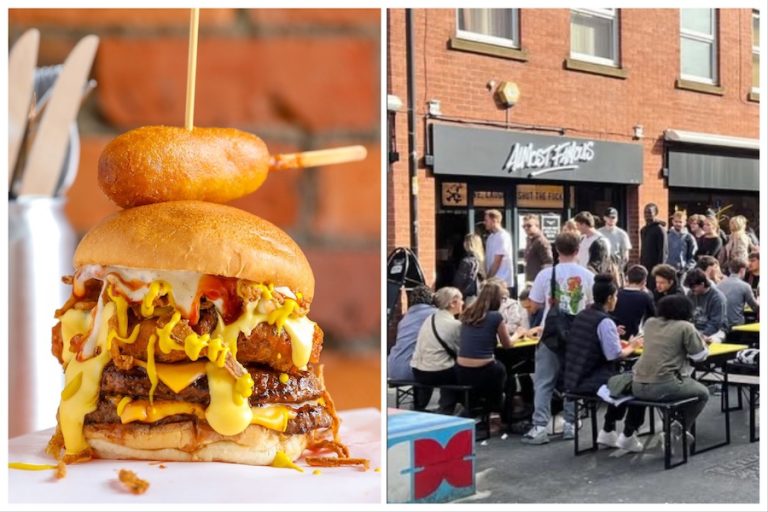
Almost Famous brings back its most legendary burger – for one month only
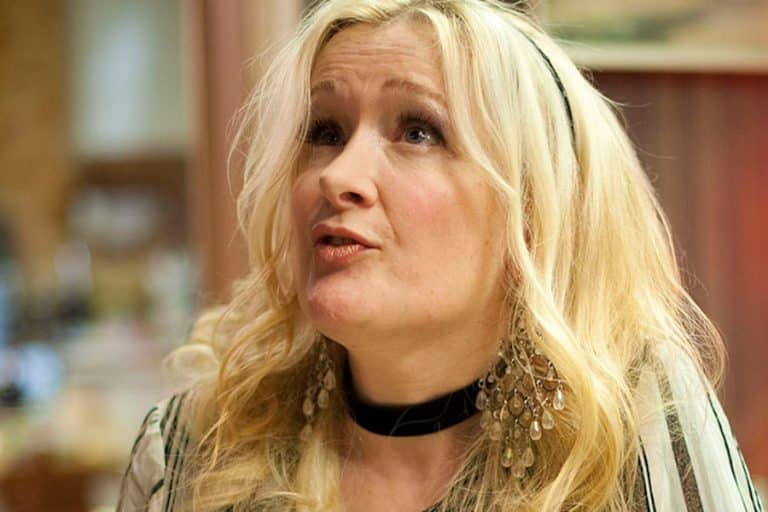
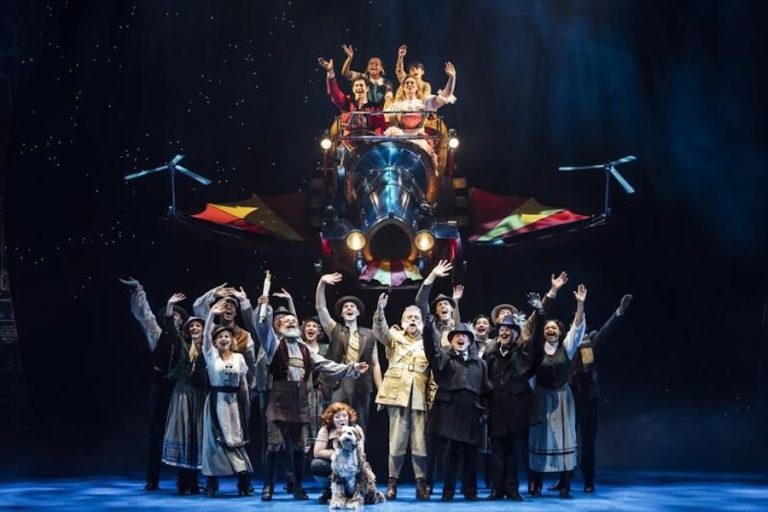

The world-renowned Mancunian architect behind Old Trafford’s future

Manchester United reveal plans for new 100,000-seater stadium – set to be UK’s biggest







